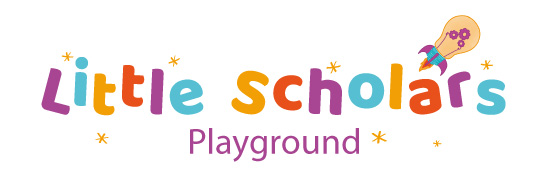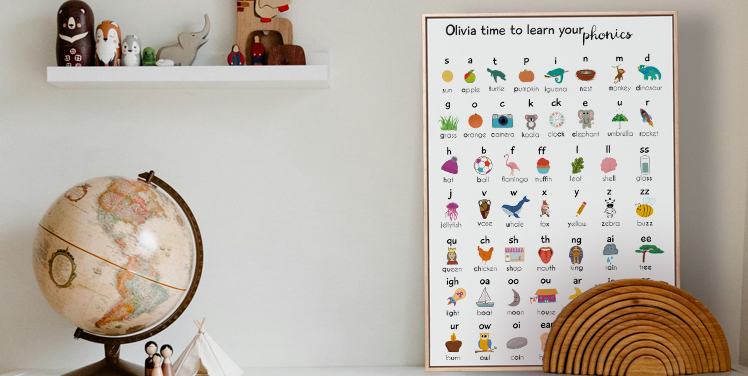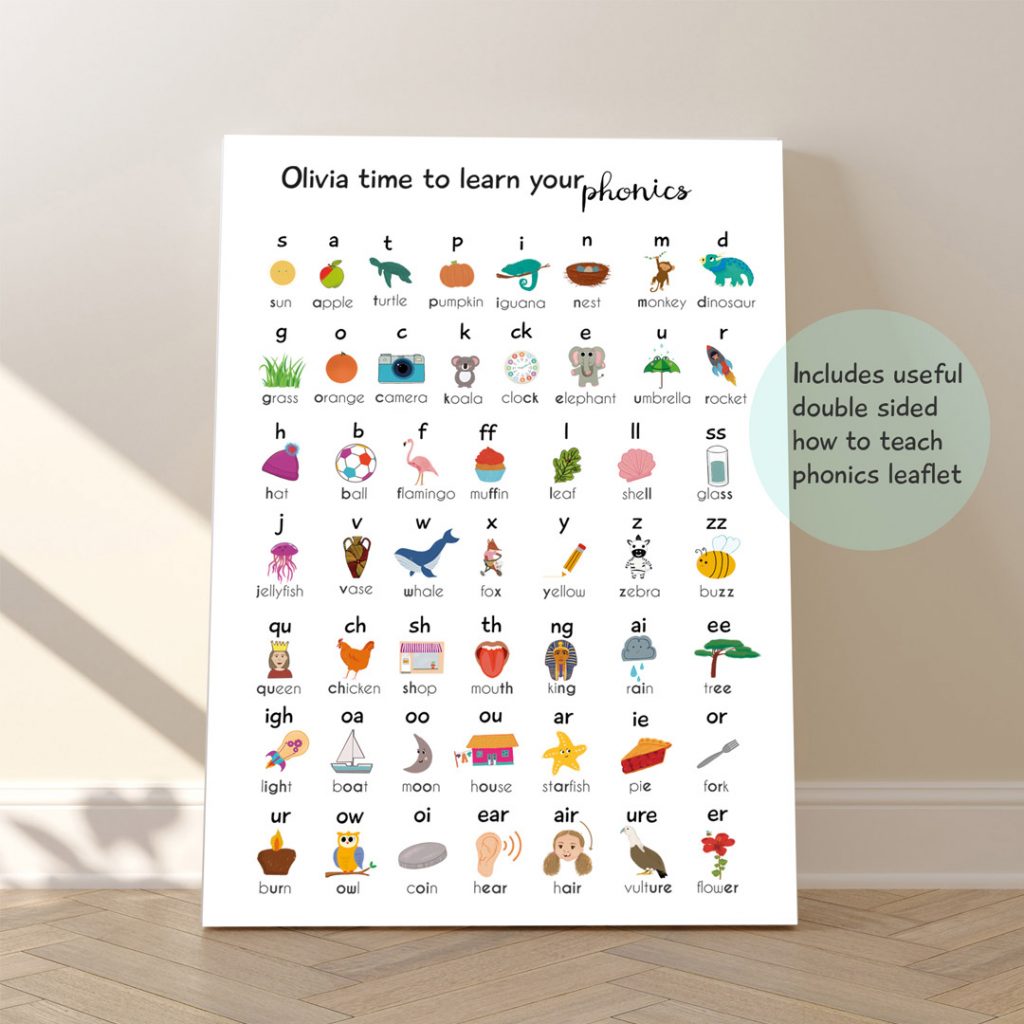What is phonics and why is it so important?
Phonics means using letter sounds to help you read words. It can be a bit daunting to work out how best to teach children their phonics.
Decoding the phonics buzzwords
Phonics: using individual letter sounds and groups of letters to read words.
Decoding: using phonic knowledge to sound out and read words.
Grapheme: a written letter or group of letters, like ‘s’, ‘a’, ‘she’ or ‘air’. Some graphemes are single letters like ‘b’; others are digraphs like ‘ck’.
Digraph: two letters that make one sound together, like ‘sh’, ‘ai’, ‘oo’.
Phoneme: the sound a letter or group of letters make – e.g., the word ‘sat’ has three phonemes, ‘s’, ‘a’ and ‘t’. The word ‘book’ is longer, but it also has three phonemes, ‘b’, ‘oo’ and ‘k’.
Sounding out: using your phonic knowledge to help you say each sound within a word, e.g. ‘p-a-n’ or ‘k-i-ck’.
Blending: running the sounds in the word together to read the whole word, e.g. ‘b-a-t, bat’, ‘s-o-ck, sock’.
High-frequency words: these are important and very common words which we all use a lot. However they aren’t always decodable using phonics. This includes important words like ‘where’, ‘one’, ‘the’, etc. Children should be taught to recognise these words by sight.
The different phonics phases
Phase 1 phonics starts from nursery/ preschool. Here children begin developing their listening skills, develop their memory and improve their speaking skills. It also includes understanding different sounds, rhythm and rhyme and oral blending and segmenting.
Children typically start Phase 2 phonics learning close to the start of their first year at school (reception). This is when they start to learn the letters of the alphabet. Children learn the letters’ names, and they also learn the sound for each letter of the alphabet. So for example, the letter ‘b’ is introduced with a hard ‘b’ sound as in ‘bat’, not the soft sound it has in ‘climb’. Children also start to learn a short sound for each vowel (a, e, i, o and u) – for exampe ‘bat’, ‘pet’, ‘sip’, ‘hot’ and ‘cup’.
Phase 3 phonics introduces children to the last of the letters. Including the less common letters like ‘x’ and ‘j’ – and also some digraphs – letter pairs that make one sound together, like ‘sh’, ‘th’, ‘ai’, ‘ee’, ‘igh’ ‘oa’ and ‘oo’. Phase 2 takes around 12 weeks (but remember every child is different and will go at their own pace) to work through Phase 3.
In Phase 4 (commonly in the first year of school) children learn about words where there are two or more consonants together – like ‘stop’, ‘dust’, ‘stamp’, ‘splash’, etc. Now is the time to really encourage children to read things outside, such as road signs and street names or get their imagination going by getting them to write a short story based on a picture or drawing.
Phase 5 of phonics usually takes all of year one. This is because it includes a large number of different sounds and letter patterns. There is a lot for children to learn at this stage before children take the phonics screening test (UK) – but with your patience and support, they can do this! Here children begin to learn their graphemes and alternative ways to pronounce them, such as the difference between the OW in BOW and COW. By the end of phase 5 and year one, most children know enough phonics to be able to read the most common words in English.
Phase 6 begins in Year Two. Children begin using all of the phonics knowledge that they have now gained, to now help them become fluent readers and accurate spellers. By Phase 6, children will be able to read. They will also learn prefixes, suffixes, tenses, punctuation (where to put an apostrophe in words like I’m), how to use a dictionary, spelling rules and how to proof-read their own work.
Our new Phonics print is focused on the first sounds children will learn in phases 2 and 3. It acts as a reminder and a fun way to learn phonics as they progress through their Phonics journey. Click here to see our new Personalised Phonics Print.
Make learning phonics fun
The goal of phonics is to get children reading as quickly and easily as possible. So they can go onto reading lots of interesting books! Don’t make learning phonics become a boring chore, make it fun. So don’t forget:
Aim to stop before your child gets bored. So keep phonics sessions focused and short. Keep sessions no longer than ten minutes.
Make learning phonics fun! There are lots of phonics games that you can play. Check out some YouTube videos.
Don’t practice phonics when your child is tired. Find a comfy quiet place where they won’t be distracted by things like screens or other noise.
Don’t stop reading to your child when they become an independent reader. Keep on reading stories. Reading is also a good opportunity to spend some quality time together.
How to teach tricky words
Encourage children to sound out the parts of the word they know and then give them some support with sounds that they don’t know.
Teach children more letter-sound correspondences. For example, the letter ‘a’ is pronounced differently in ‘pan’ and ‘was.’ If children recognise both letter-send correspondences, then it makes it easier for them to read new words.
Below is a list of tricky words. You can make learning these words fun by writing them out using colourful pens, write them in sand or use play dough. Practice and repetition are important when teaching tricky words in phonics, so pick activities your child can repeat and remember.
See the most common tricky words below:
It’s worth learning how to pronounce the letters in the way children are taught them at their school. Your child’s teacher will be able to help you with this, or there are lots of guides online. It’s important to remember that not all children learn at the same pace. We have created a personalised phonics art print to help you teach your child phonics (it’s also great for classrooms too!). Shop our new Personalised Phonics Print here.
Author
Natalie is the co-founder and illustrator at Little Scholars Playground. She is passionate about literacy, learning, illustrating, women in STEM and the Montessori practice.






